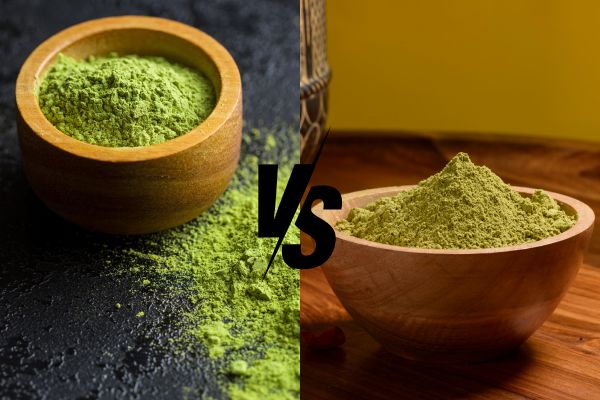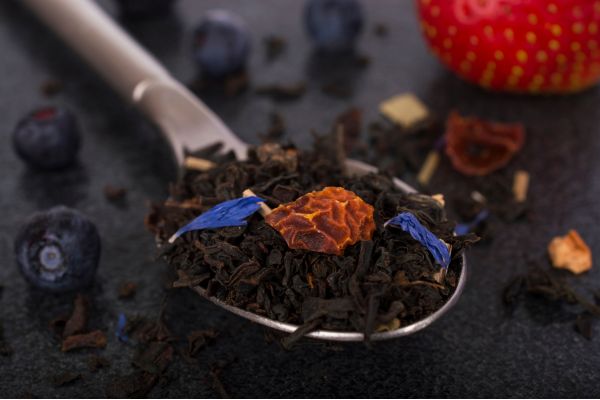In the process of producing drinks, housekeeping is a step that seems to be simple but has vital functions.

Contents
Introduction
What is housekeeping, and why is it important? In the beverage industry, it is the process of keeping the whole plant hygienic, orderly, and safe. It is an inevitable part of beverage production and a crucial criteria to achieve food safety-related certifications, such as ISO and FSSC. Let’s explore this issue in detail in this article.
What is housekeeping?
In beverage manufacturing, housekeeping refers to the methods and techniques used to keep the plant hygienic, orderly, and tidy. It is a crucial process in operation, ensuring food safety, avoiding product contamination, and improving workplace productivity. The product quality is guaranteed when both the inside and outside of the manufacturing plant are in acceptable states.
In addition to improving product quality, housekeeping can help meet several beverage industry standards like HACCP or FSSC. An organized and clean workspace might reduce downtime from delays and enhance productivity.

Factory safety regulations
Factories must often comply with certain safety regulations to qualify for beverage production. Those rules are crucial to ensure a secure working environment and product safety.
The use of PPE
PPE, also personal protective equipment, helps protect employees during production. Workers need to wear the proper clothes and equipment, including gloves, safety glasses, face masks, and protective shoes, to keep sanitation levels. Suitable use of PPE can avoid the entry of outside germs and bacteria. Moreover, PPE should be inspected and replaced periodically.

Adequate training
Each employee is directly responsible for creating a product, so thorough training should not be taken lightly, including beverage processing. Adequate training for all employees can help reduce mistakes, sanitation, and safety issues. Before starting, they must learn about production procedures, how to do the tasks, use machines, follow safety conditions, etc. Besides, employees must be aware of the likely injuries and how to report them.
One effective method to improve the workplace environment is training according to 5S principles: Sort, Straighten, Scrub, Standardize, and Sustain. The 5S framework comes from five Japanese words and started to be spreaded in 1995.
- Sort: The first step is to remove everything unnecessary in the workspace.
- Straighten, also called Set in order: This step involves organizing and arranging essential items logically to reduce searching time and prevent accidents.
- Scrub, sometimes called Shine: This step aims to ensure the cleanliness of the workspace and identify any operational problems.
- Standardize: Standardization is to establish clear principles to maintain what has been achieved with the first three S.
- Sustain: The last step is to ensure that 5S philosophy becomes embedded in the company culture and continuously improves.
Safety signs
In dangerous areas or where restricted access, signs are required. Caution signs, such as “Caution: Wet Floor” or “Danger: High Voltage”, must be put in visible areas.

Chemical safety
Chemicals used for cleaning must be labeled and stored in secure containers, and enough ventilation is required. Additionally, this area should have warning signs and restrict access.
Food safety
Employees are required to wear uniforms and guarantee personal hygiene during production. Smoking, drinking, and eating are prohibited in manufacturing areas. Besides, when moving from one place to another, use separate tools and change the PPE to avoid cross-contamination. Insects and pests must also be kept to a minimum to reduce the risk of spreading bacteria.
Waste management
After production, waste must be strictly treated following proper procedures to avoid reverse pollution. Hazardous and non-hazardous waste needs to be separated and labeled clearly. Besides, defective and damaged products need separate treatment so as not to affect brand images.
External housekeeping
Many people might think that ensuring the conditions inside the factory is enough. However, the surrounding environment also affects the production process. The immediate surroundings must be kept clean and tidy. Factory areas should be surrounded by high walls to reduce emissions from traffic or fences to prevent animals like mice from entering the factory. This area should be free of pallet stacks, outdated machinery, or spoiled products.
In addition, bushes and flowerbeds should not be planted near the manufacturing areas because they might attract insects, mice, or birds. Weeds, if any, should be removed regularly. Their appearance can lead to the contamination of production space. This area must be cleaned periodically, ideally not during production, to avoid airborne pollution.

How about Cleaning-in-place (CIP)? Explore now:
Internal housekeeping
Cleaning frequency
Inside the manufacturing plants, it is important to keep all the rooms, machinery, and storage areas clean. Cleaning plans and frequency are usually different among factories. Some rooms must be cleaned daily or weekly, while others only require cleaning once or twice a year. For example, floors and high-touch equipment such as fillers and pipelines should be cleaned daily. Housekeeping schedules, including cleaning time and methods, must be planned clearly and implemented strictly.

Contamination risks
Opening doors or windows can lead to temperature changes and air currents so that dust can be carried by air stream from one place to another. The dust load in the air can also be raised if cleaned improperly using brushes, brooms, vacuum cleaners, or cloth. Any materials that carry electrostatic charges, like packaging coated by plastic, should be taken into account. Those areas where dust is moisturized by condensed water, such as ceilings, pipes, and tanks, can lead to mold growth.
Although there are measures to prevent insects and pests from outside the plant, they can inevitably still enter the inside. If using chemicals to kill insects, it is crucial to note that only certain substances are permitted. In addition, their use is often along with some requirements, such as production stopping for a while.
Cleaning methods
Placing everything in its correct position is the first step in any housekeeping task. Machines should be arranged reasonably to avoid cross-contamination. Zones for raw materials, production, finished products, and waste should be clearly defined and cleaned properly. Each zone has different cleaning methods.
For dry cleaning, visible debris and residue can be removed by brushes, scrapers, or compressed air. Floor corners, the bottom of the tanks, and conveyor belts are easily dirty and difficult to clean. Therefore, these areas should be cleaned manually with a brush. In addition, it is acceptable to use sanitizers approved for use in food and beverage manufacturing to get rid of microorganisms.
Another method of internal housekeeping is wet cleaning, which can be done manually or with the help of machines. Cleaning detergents can be water, foam, or gel, using hoses and high-pressure equipment. Before wet cleaning, all moisture-absorbing things like wooden pallets and carton boxes must be removed to avoid moisture and microbial growth. After that, all the surfaces need to be thoroughly dried.
About Future Generation Co.,Ltd
We are FGC, the leading tea and beverage exporter in Vietnam and one of the biggest tea suppliers in the world. Our tea products are diverse in types, grades, and production methods. We provide customers with Loose tea (such as Black tea, Green tea, and Oolong tea), Herbal tea (such as Rose tea, Chamomile tea, and Lotus tea), and Specialty tea (such as Matcha), RTD Tea, and Tea Bags. Our mission is to become Vietnam’s leading healthy beverage company.
We ensure stable tea sources for domestic markets and exports with vast high-grown tea farms and available herb gardens. Our tea gardens and factories also meet international standards such as ISO, HACCP, KOSHER, HALAL, etc. In addition, we constantly innovate our machinery system, strengthen production capacity, and increase productivity. We also provide private label and customized packaging services for small and medium enterprises.
If you are a tea distributor, tea importer, teashop manager, or even tea lover, we are committed to being your prestigious tea source supplier in Vietnam!
Contact
Address: R4 building, Office Quarter 02, Royal City, 72A Nguyen Trai St., Thanh Xuan Dist., Hanoi.
Phone: +84 24 73 000 125/ +84 24 73 063 369
Mail: info@vietnam-tea.com
Website: https://vietnam-tea.com/
Facebook: https://www.facebook.com/fgcvietnamtea










